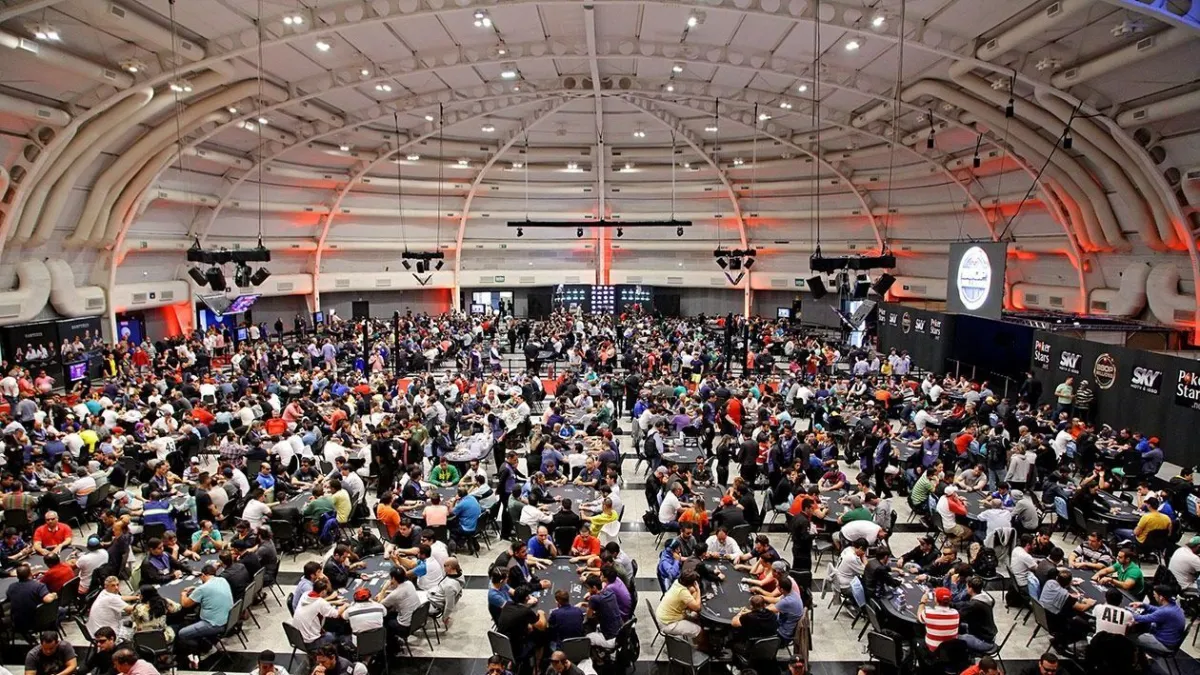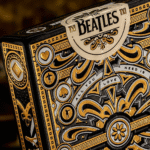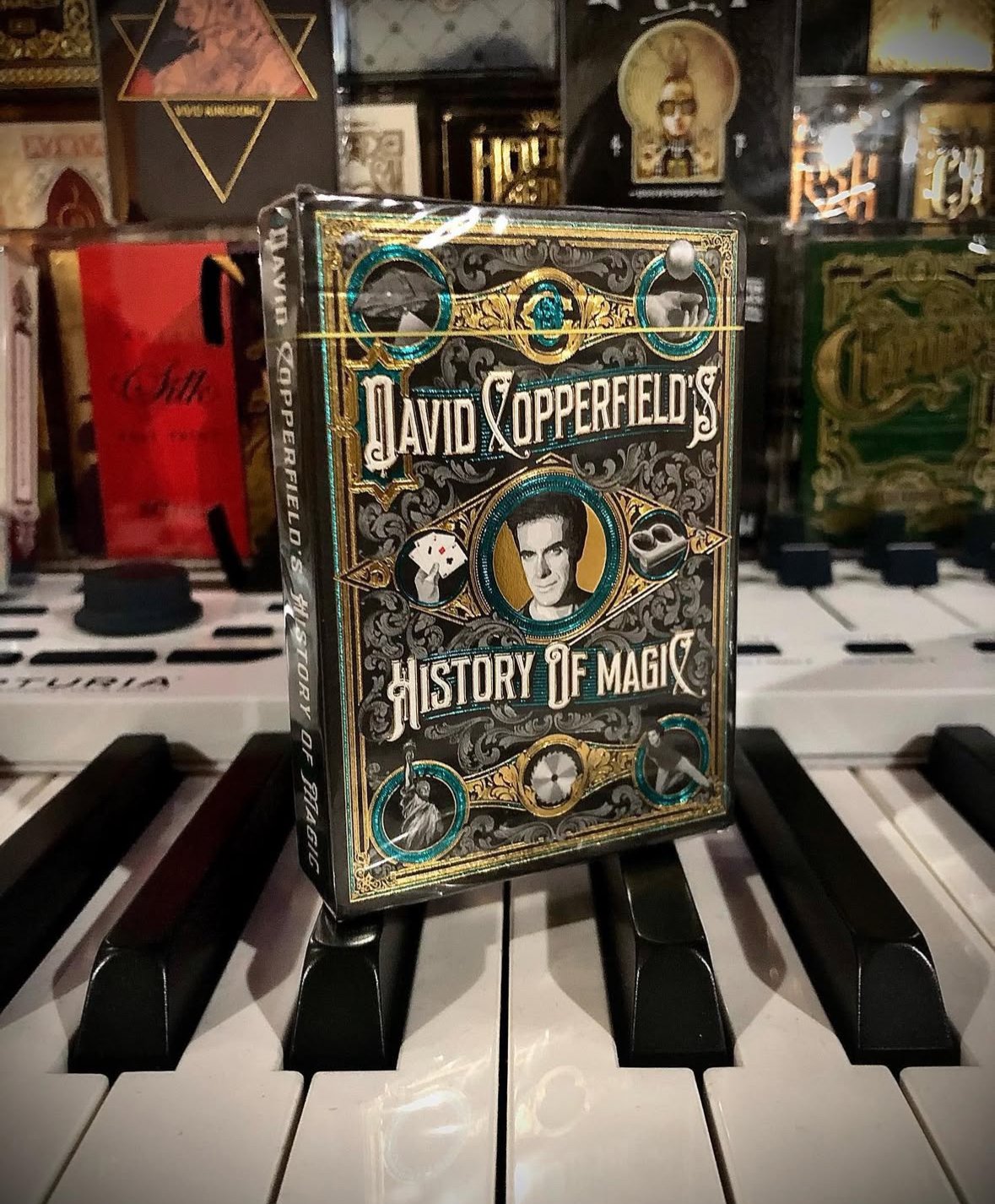Some players carry their cards in their pockets. Others prefer to carry them on their skin.
In contrast to the idea that poker lives only at the table, a quiet aesthetic trend has emerged behind the scenes of tournaments, online rooms, and tattoo studios around the world: the body as a deck, the suit as a totem, the ink as an extension of the strategic mind.
From an ace of spades on the forearm to the queen of hearts on the shoulder, from chips flying across the chest to the word bluff etched across the knuckles — poker tattoos have become an aesthetic and symbolic code among players.
♠ Tattoo as an Extension of the Game
More than body decoration, a poker tattoo narrates a life philosophy.
Many players say that tattooing cards, suits, or poker phrases serves as a reminder of values like courage, discipline, emotional control, and risk-taking — virtues that matter both on and off the felt.
“A tattoo is a symbolic way of making an inner narrative visible,” explains anthropologist David Le Breton in Anthropologie du Corps et Modernité (1990). “It creates a bridge between the body, culture, and personal imagination.”
For poker players, that bridge links their external image to the identity of someone who lives in a world where every decision counts — including the decision to mark that lifestyle permanently on the body.
♦ Universal Symbols, Personal Stories
The most popular tattoos in the poker world include:
- Ace of spades: a symbol of victory, courage, and rebirth; also tied to luck and war.
- Queen of hearts: representing the duality of charm and danger.
- Spread or face-down cards: symbolizing the controlled chaos of the game.
- Phrases like “All-In,” “Know When to Fold,” or “Play the Player”: mantras of strategic thinking.
According to Bodies of Inscription (DeMello, 2000), tattoos function as “silent acts of communication” — they mark belonging, boost self-identity, and in poker’s case, create a stylized tactical identity.
♥ A Lifestyle Inked
The rise of poker tattoos reflects a generational shift in the player profile.
Younger, more connected, more attuned to aesthetic expression, today’s grinders and live players see the body as a canvas — one where poker is written.
On Instagram, hashtags like #pokertattoo, #pokerink, and #allintattoo gather tens of thousands of posts. There are tattoo artists who specialize in poker themes, and even pop-up studios at major events like the WSOP.
For many, tattooing poker symbols is also a ritual. A “permanent commitment to the game,” as American pro Nathan Gamble puts it — who inked the hand from his first tournament win.
♣ Beyond Aesthetics: A New Cultural Identity
Contemporary poker is no longer about silence, sunglasses, and closed blazers.
It now pulses through tattooed arms, personal symbols, and visual narratives.
Poker tattoos are more than ink — they’re declarations.
Declarations of belonging, passion, courage.
And most of all, proof that the game is no longer just played — it’s lived.
References:
- Le Breton, David. Anthropologie du corps et modernité. Presses Universitaires de France, 1990.
- DeMello, Margo. Bodies of Inscription: A Cultural History of the Modern Tattoo Community. Duke University Press, 2000.
- Welzer-Lang, Daniel. Tatouages, piercings et autres marques corporelles: une sociologie de l’expression de soi. La Découverte, 2007.
- World Series of Poker – WSOP Player Interviews (2022–2024)












